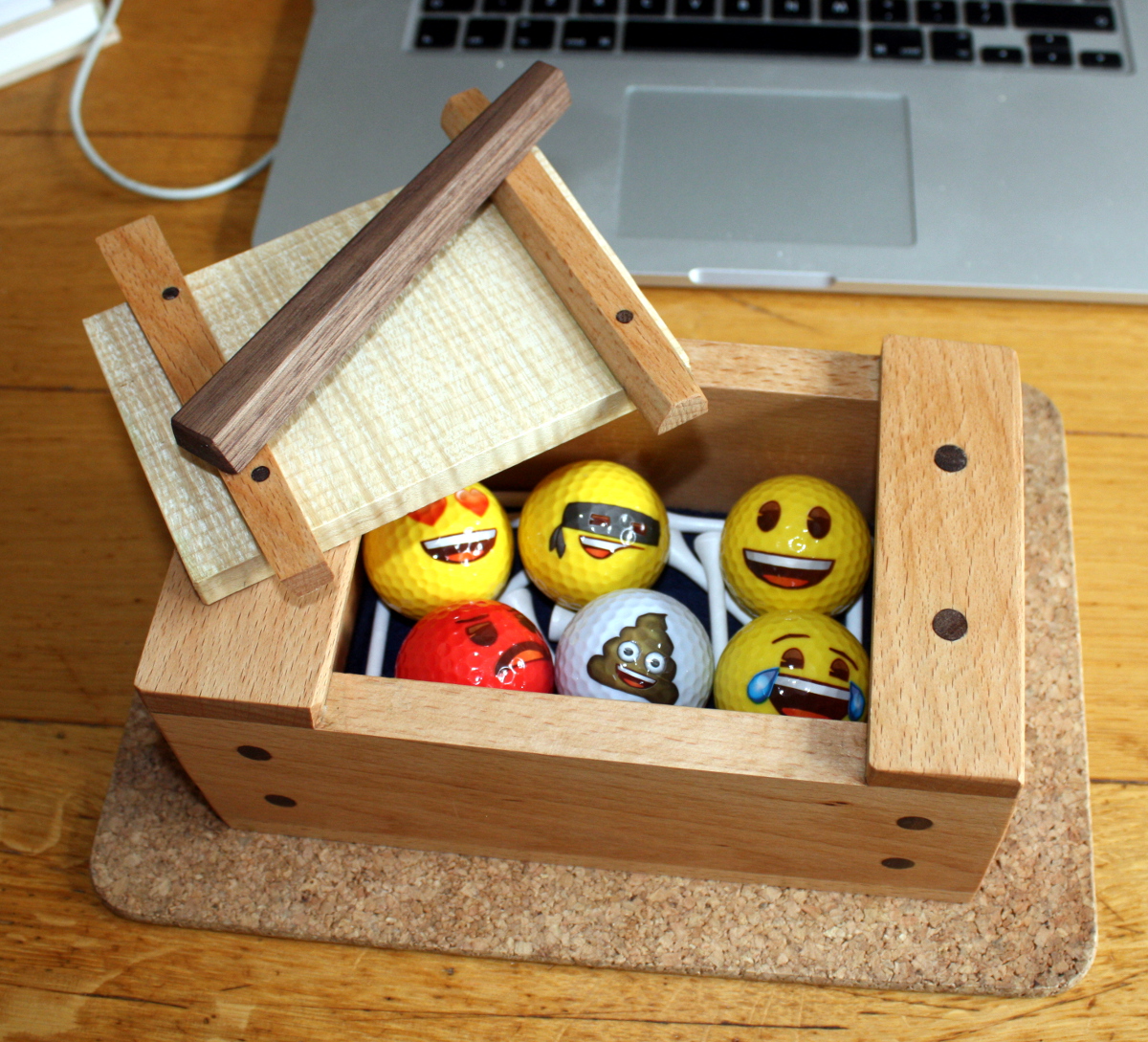MarkDennehy
Established Member
Quick question (like "how do you sharpen?" is quick I suspect) - what's considered a traditional finish for beech?
Apart from staining it, that is - I'm happy for it to look like beech, it's kindof nice.
Apart from staining it, that is - I'm happy for it to look like beech, it's kindof nice.








































